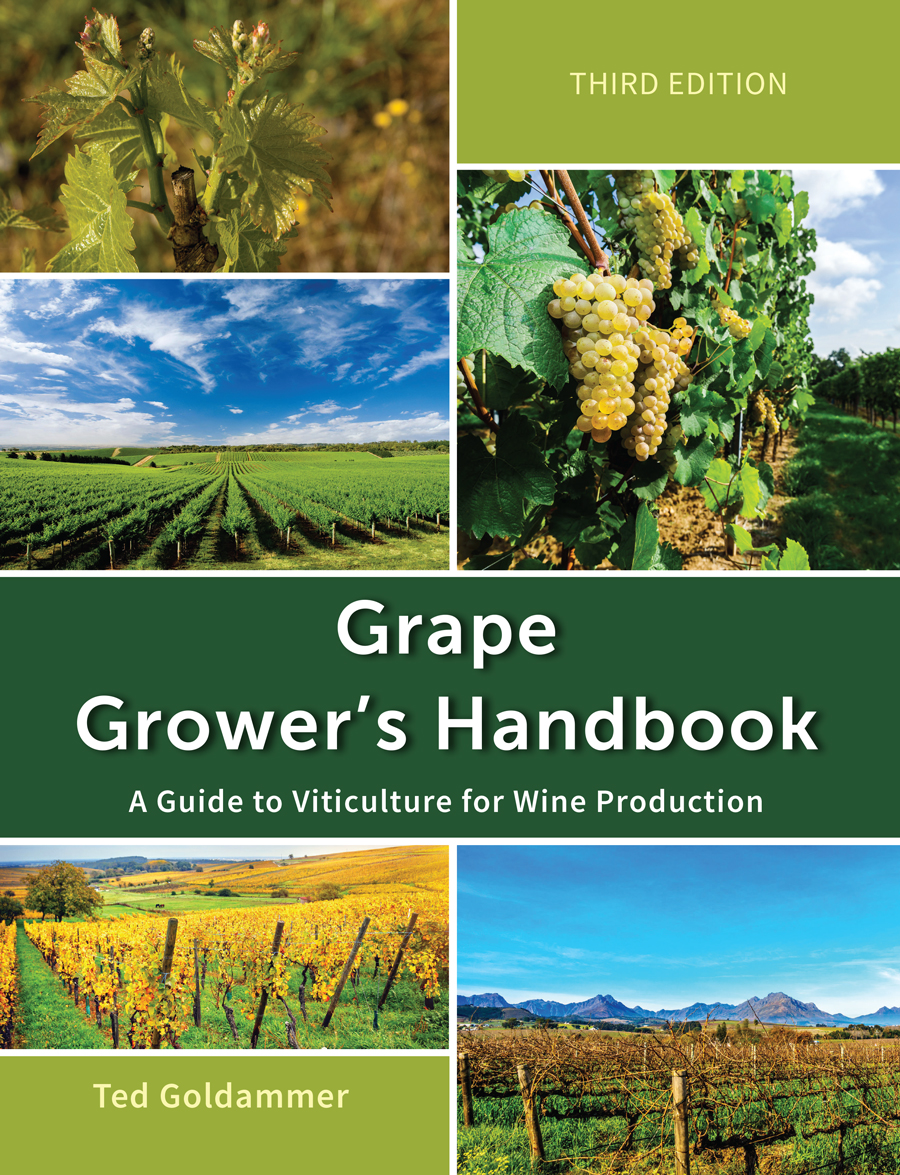Managing Vineyard Insect and Mite Pests
Mealybugs
Mealybugs are serious pests of grapevines in many parts of the world. Some of the mealybug species transmit viral pathogens such as leafroll disease. There are four mealybug species that are capable of causing economic damage to wine grapes; grape mealybug (Pseudococcus maritimus), long-tailed mealybug (Pseudococcus longispinus), obscure mealybug (Pseudococcus viburni), and vine mealybug (Planococcus ficus). Vine mealybug infestations can reach much higher population levels than grape, long-tailed, or obscure and cause more damage to grape clusters and the vine.
Symptoms
Mealybugs in the “grape mealybug complex” feed on plant phloem using its needle-like mouth parts to suck out plant content (See Figure 22.25). However, the real damage caused by mealbugs is the sugary e1cretion (“honeydew”) produced covering the foliage and grape bunches.
Life Cycle
The life cycle of most species is similar with females laying eggs in compact waxy sacs under the bark of trunks and cordons. After egg laying the eggs, females die and the eggs hatch into tiny yellowish crawlers (nymphs).
Monitoring
Monitor mealybugs closely throughout the year. Mealybugs prefer vigorous vines and can be detected in spring and summer by the presence of honeydew on the clusters, trunks, leaves, and cordons. It is difficult to detect visually infestations of mealybugs because of their cryptic lifestyle where they often remain hidden within vine trunks, clusters, canopy, and roots.
Cultural Pest Control
The most important pest management strategies are directed at keeping mealybugs from moving from an infested vineyard to a non-infested vineyard. When planting new vineyards be sure to use certified plants. Do not allow contaminated equipment, vines, grapes, or winery waste near uninfested vineyards. It is extremely important that all farm equipment is pressure washed before it leaves the site.
Biological Pest Control
There are a number of parasitic wasps, predatory bugs, predatory beetles, lacewings, and spiders that attack mealybugs. The most effective mealybug predator is a lady beetle called the mealybug destroyer (Cryptolaemus montrouzieri). Additionally, grape mealybug is parasitized by several tiny wasps—Acerophagus notativentris, Pseudophycus angelicus, and Anagyrus pseudococci.
Chemical Pest Control
While spraying is not generally required for control of mealybug on wine grapes, if significant economic loss has been experienced in previous seasons and present season conditions favor mealybug development, chemical control may be warranted.
Applying Control Materials
There are two windows of vulnerability for controlling mealybugs with insecticides. The first window is during the spring before budbreak where the target is the overwintering stage. The second window is the crawler stage of the first generation. The crawler stage is the most mobile stage and hence, the best chance of exposing them to insecticides.
Click on the following topics for more information on managing vineyard insect and mite pests.

